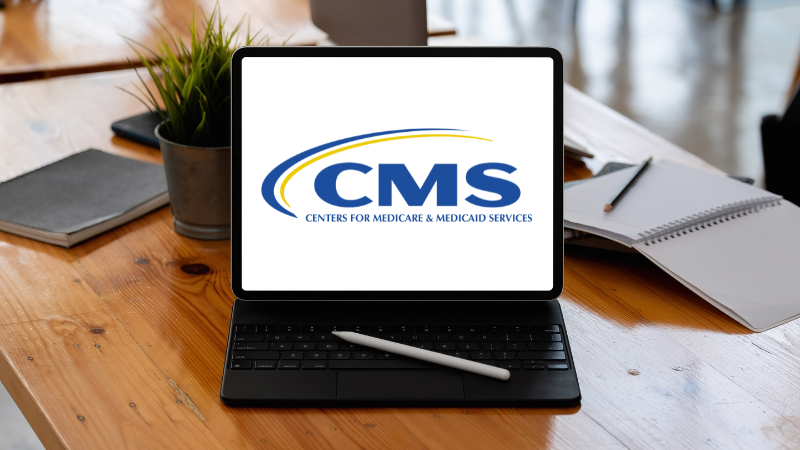March 22, 2024
The face of assisted living (AL) has changed significantly over the years. It has gone from being strictly a hospitality model to a hybrid of hospitality and medical care. Increasingly, AL is home to residents with a variety of clinical issues and chronic conditions, as well as mental, cognitive, and physical deficits. Yet, one thing remains true: If you’ve seen one AL facility, you’ve seen one. A recent AMDA On-The-Go podcast offered part one of a three-part look at the current landscape of AL, featuring guests Michael Nash, MD, CMD, and Katie O’Brien, MD, CMD, both of whom have extensive experience working in this setting.
Here are some of the physicians’ key insights about AL:
- Most residents are older with complex medical conditions. More than half have at least one chronic disease, such as hypertension or heart disease, 40% have a diagnosis of dementia, and 70% have some form of cognitive impairment. “The population has become increasingly more complex, and some of the most challenging residents I care for are in AL,” said Dr. O’Brien.
- Variability is the only real constant. There are many types and sizes of AL facilities; and as they are mostly overseen on a state level, regulations and requirements vary considerably. Some AL facilities are freestanding and independent, while others have a connected memory care unit or building. Still others are part of a larger CCRC campus, which also features skilled nursing care. AL facilities also vary in terms of the supports and services they offer residents. For instance, some facilities have a full-time on-site director of nursing. Others may just have an RN on-site. Some have physicians and/or advanced practice clinicians with offices on-site, while in other facilities, residents have to go out to see their primary care physicians, or those practices have to come on-site to see them. Telehealth services are increasingly available, and some type of medication support is often available. Dr. Nash stressed that the level of supports/services an AL facility offers doesn’t necessarily correlate to its size and scope. It is essential never to make assumptions about what care and services a resident will receive in AL.
- Memory care is evolving. Increasingly, said Dr. Nash, memory care units prioritize a homelike environment for residents where they have some autonomy, as well as access to activities and programming that contribute to their quality of life. “Increasingly, they are making it so that even people with advancing dementia can lead meaningful lives,” he said.
- Most AL facilities are private pay, and the costs can be substantial. Residents and families need to know what they will get for their monthly fees and how much add-on or a la carte services might cost.
- Patients and their families may have many misconceptions and questions about assisted living, so practitioners who have an understanding of this setting can be a tremendous source of information and guidance. For instance, Dr. Nash said, “Families may want to keep their loved one in a hospitality-type setting with a la carte services, which can vary from facility to facility. It is important to help them understand what their loved one needs and identify an AL facility with services and supports that match.” He offered that this will call for a little investigation, adding, “You can’t judge a book by its cover.” Dr. O’Brien added, “I think a lot of families expect a lot.” They don’t realize, she observed, that AL facilities aren’t about skilled nursing and that they may get some socialization, services such as meals and laundry, and medication assistance but not higher levels of care.
- Increasingly, practitioners are going into AL. Originally when the AL model started, residents received care from their primary care physician and usually made office visits for these services. Dr. Nash said, “I saw that it was often difficult to them to get to the office, so I started carving out time to go see them in their AL apartments.” This was like a home visit, and he could see them in their living environment and talk to any clinical staff or caregivers on-site. He noted, “More physicians are seeing the benefits of these visits, and we are starting to see things like on-site clinics popping up.” He added that many health plans are sending nurse practitioners to AL facilities for services such as annual wellness visits. Dr. O’Brien said, “We are seeing more teams going into facilities. At least in urban areas, there often is access to things like basic radiology and mobile labs to support care of residents on-site.”
Despite the challenges, Drs. Nash and O’Brien are very satisfied with their work in AL. Dr. O’Brien said, “I have enjoyed working in this setting and coordinating care with on-site staff.” Dr. Nash noted, “There are lots of challenges, but there also are opportunities. I enjoy making home calls to residents and managing the complexity of care.” They also observed that physicians have an important role in educating residents, families, and staff and ensuring that everyone is on the same page about care expectations. Dr. O’Brien said, “I hope I can educate people about what this care setting looks like.” This is hard when there is so much variability. However, she stressed that working in this setting is both rewarding and important.


